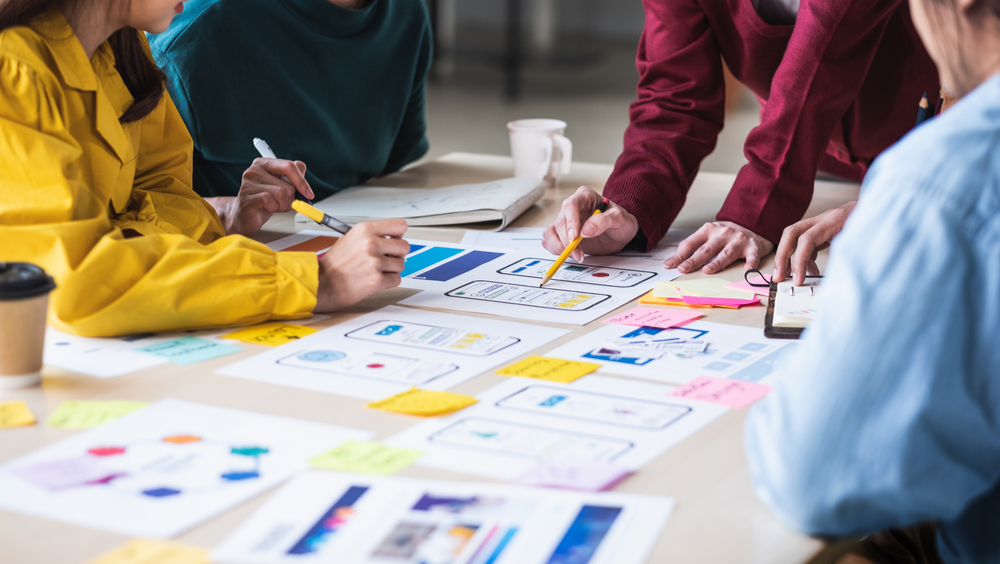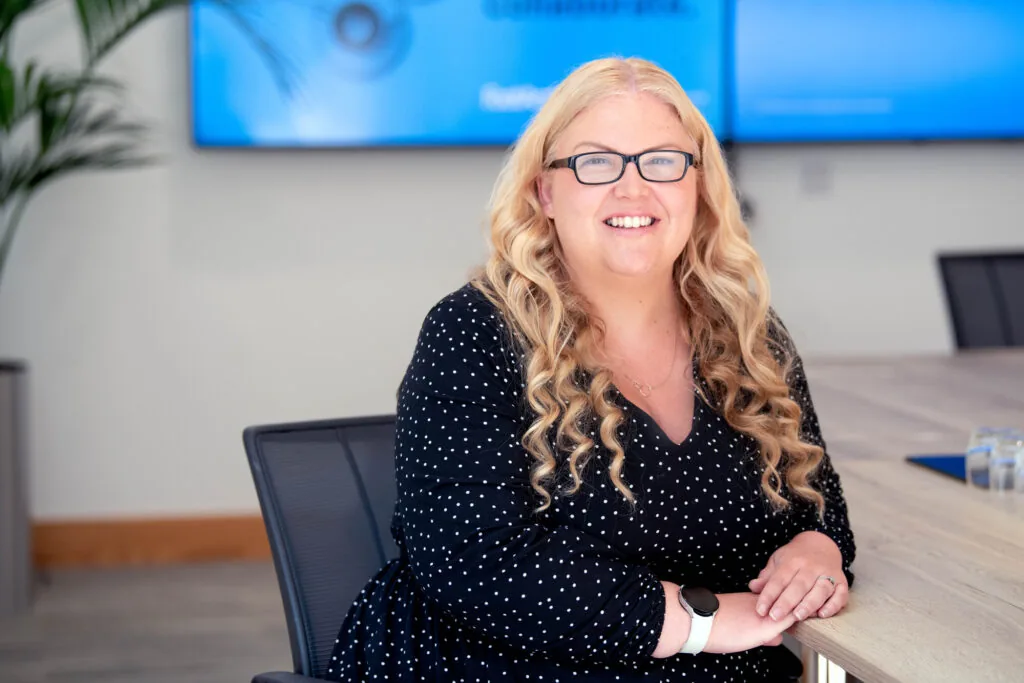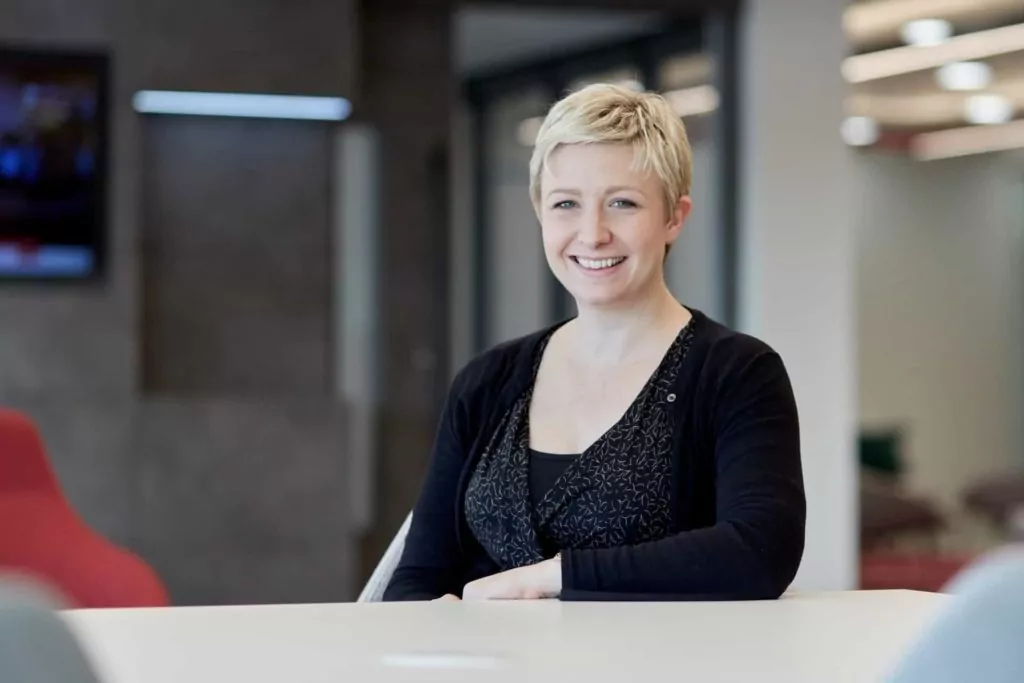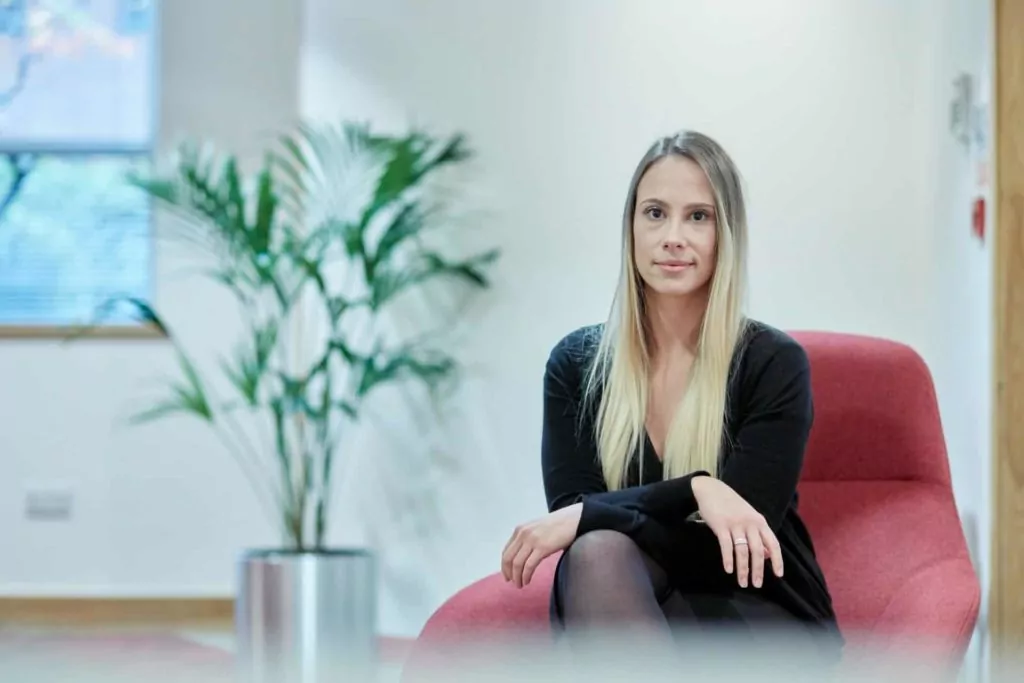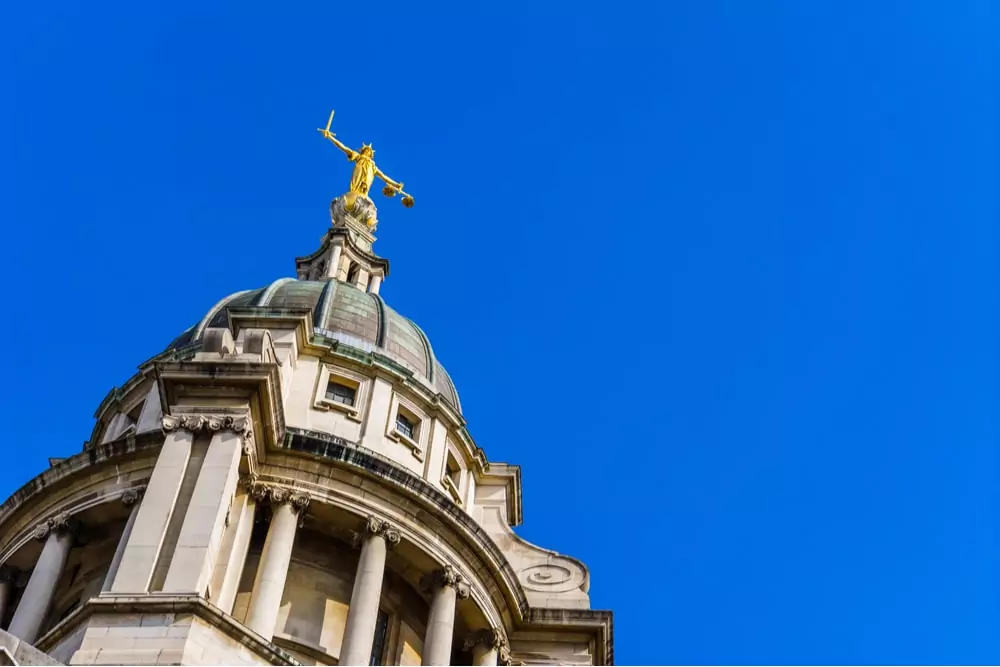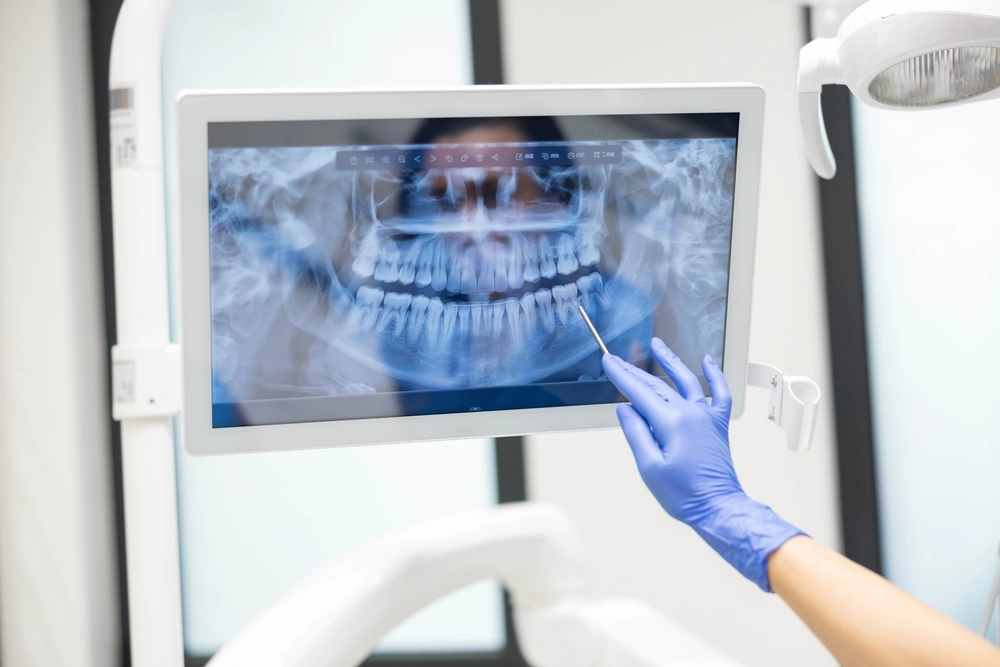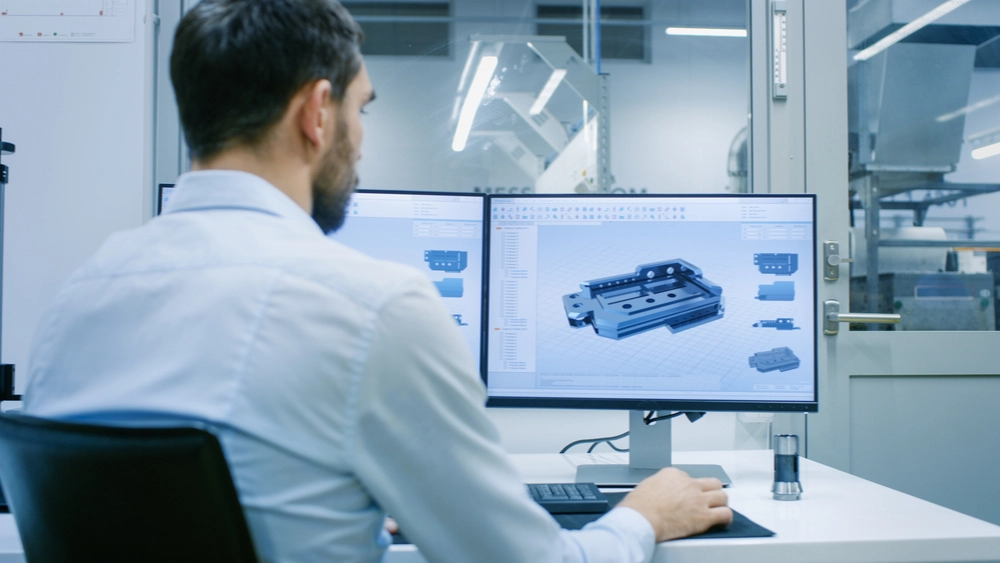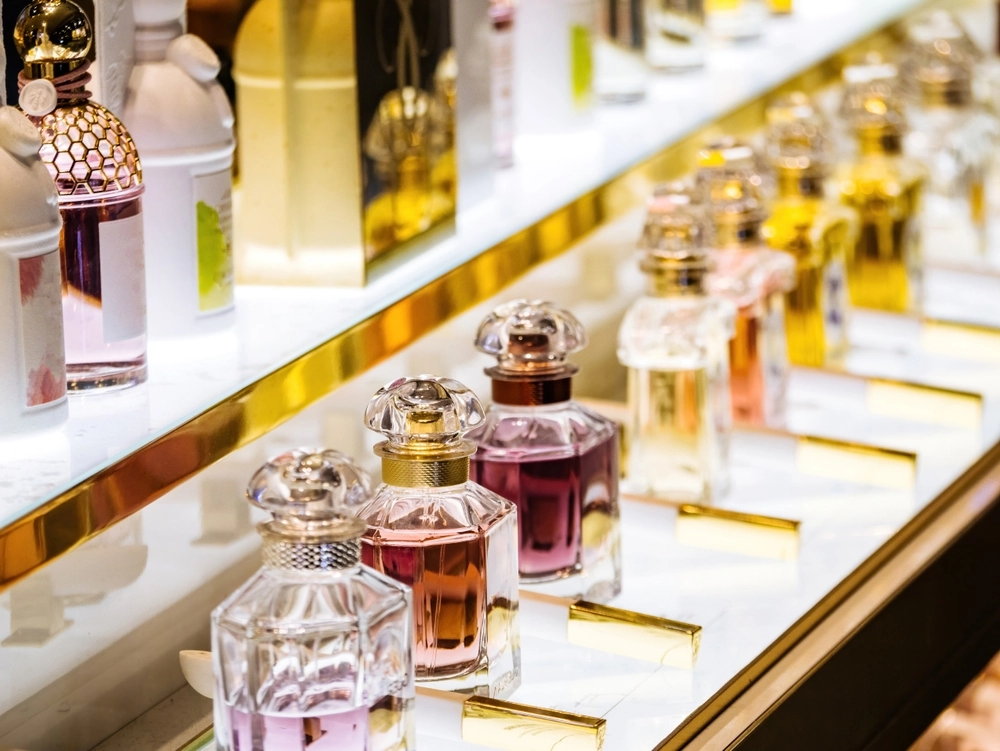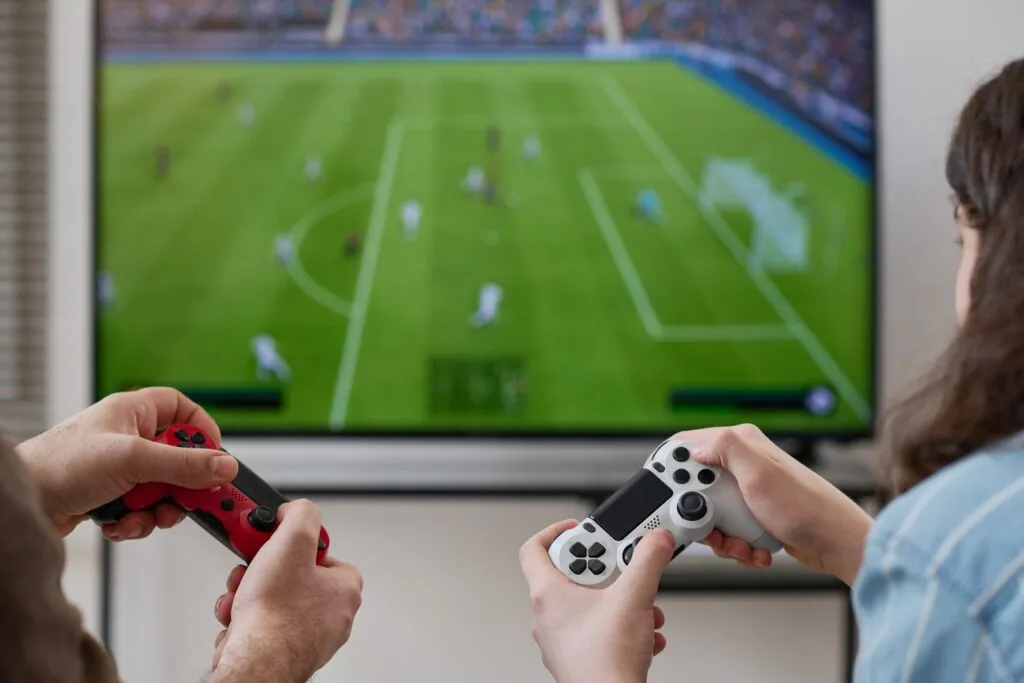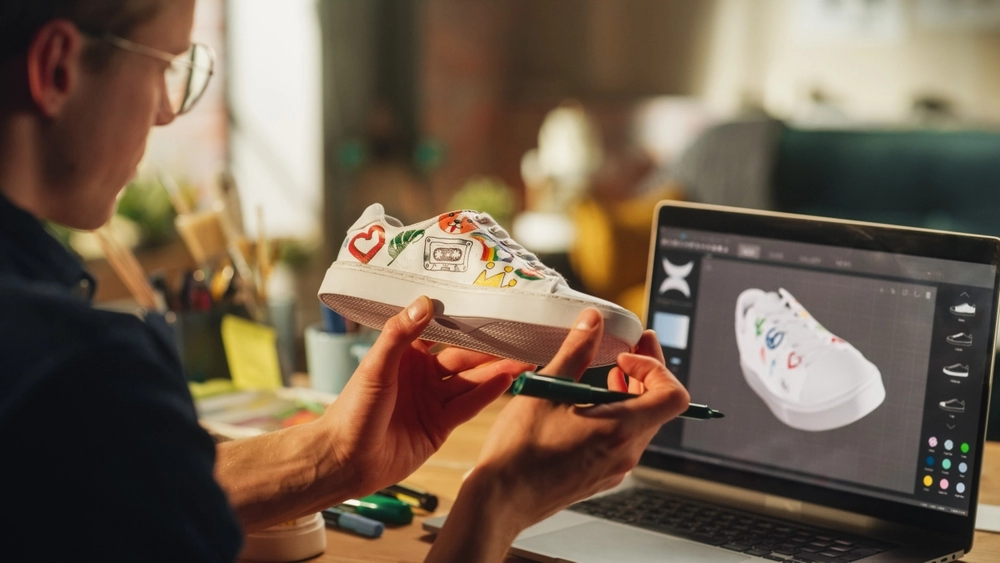Specialist design rights lawyers
For businesses that design and manufacture products either for themselves or others, obtaining registered design protection is essential for safeguarding creative assets and intellectual property rights. Our design rights lawyers provide expert guidance on design law, ensuring businesses protect their innovations effectively.
Designs can be unregistered where they arise automatically and have a much narrower scope of protection, or registered where protection offers a much wider monopoly right. Our design rights solicitors help businesses navigate the complexities of registered design rights, ensuring they are properly filed and enforced.

